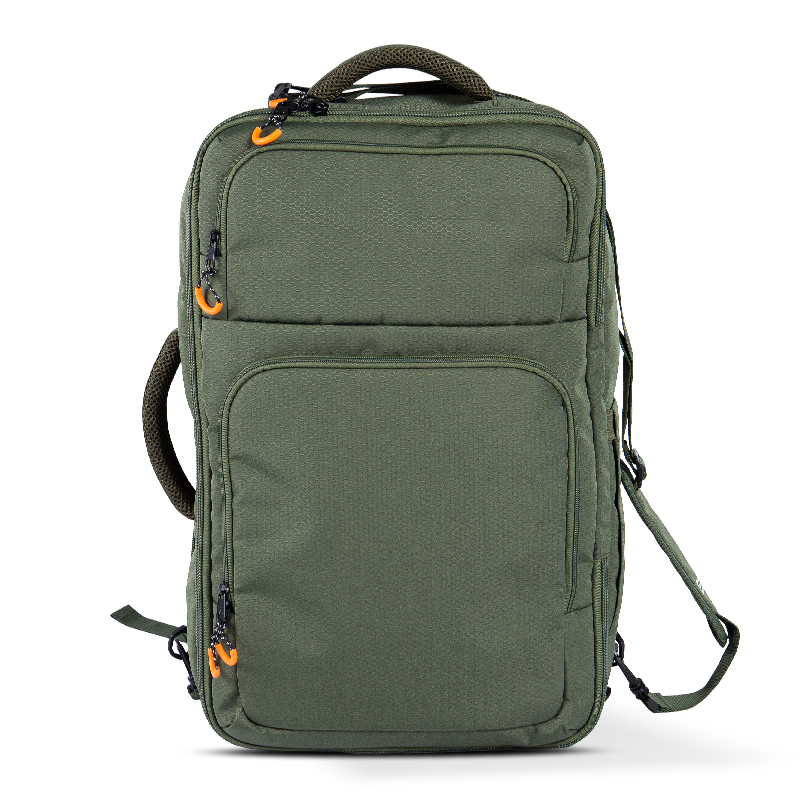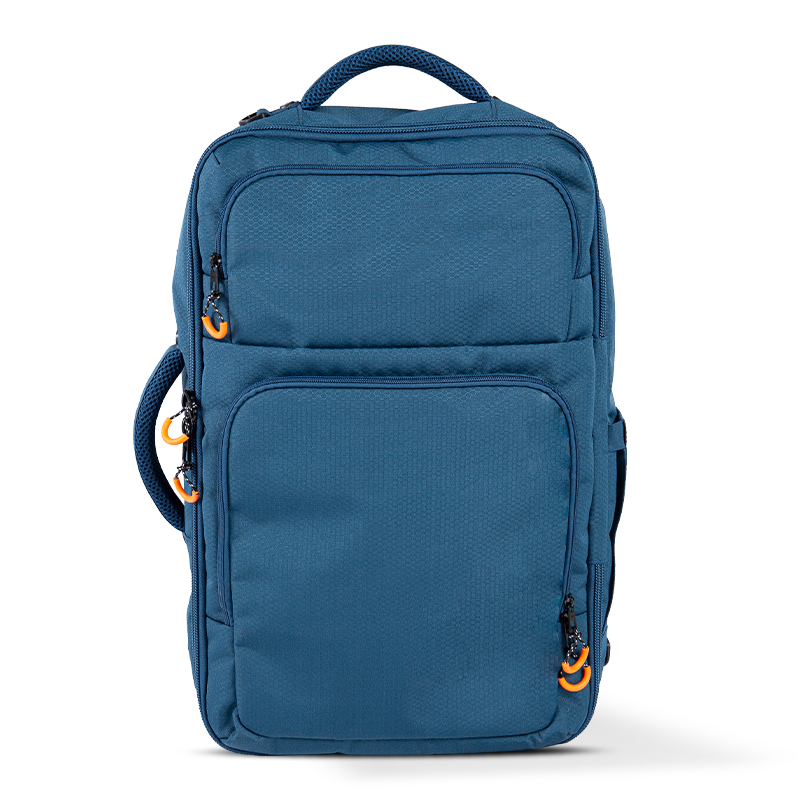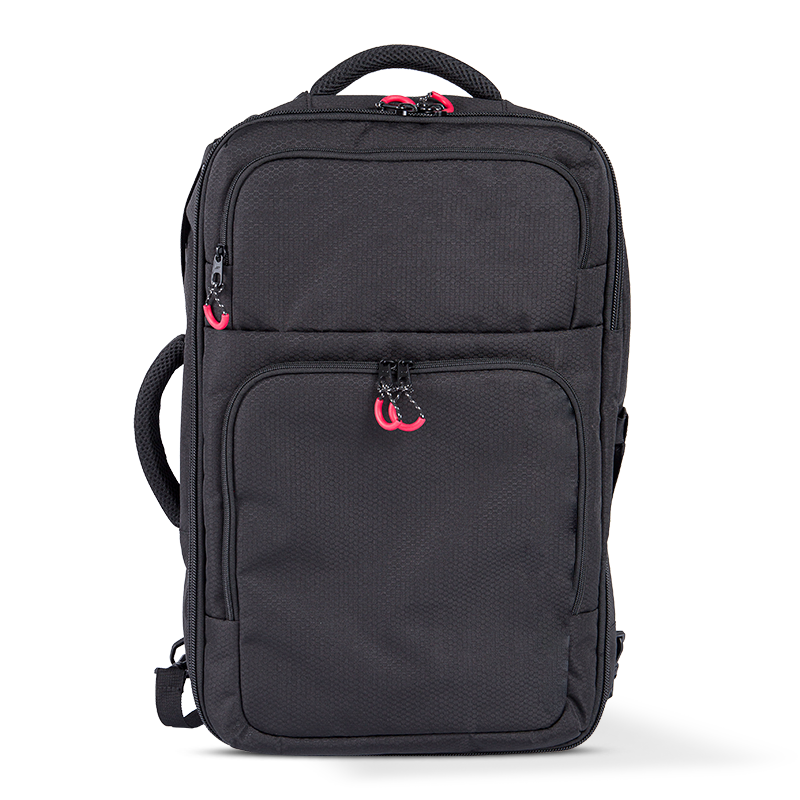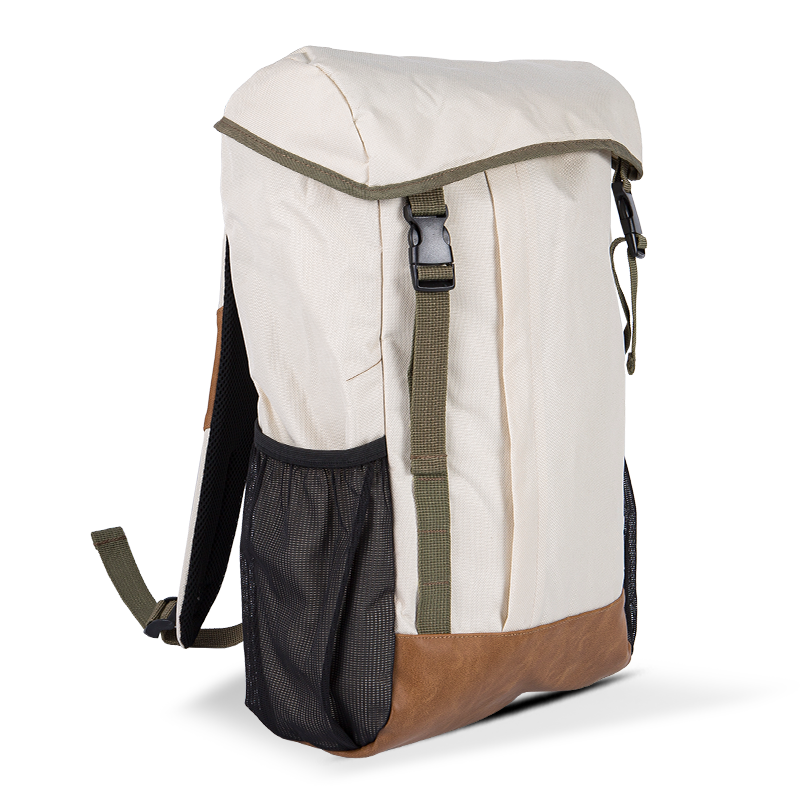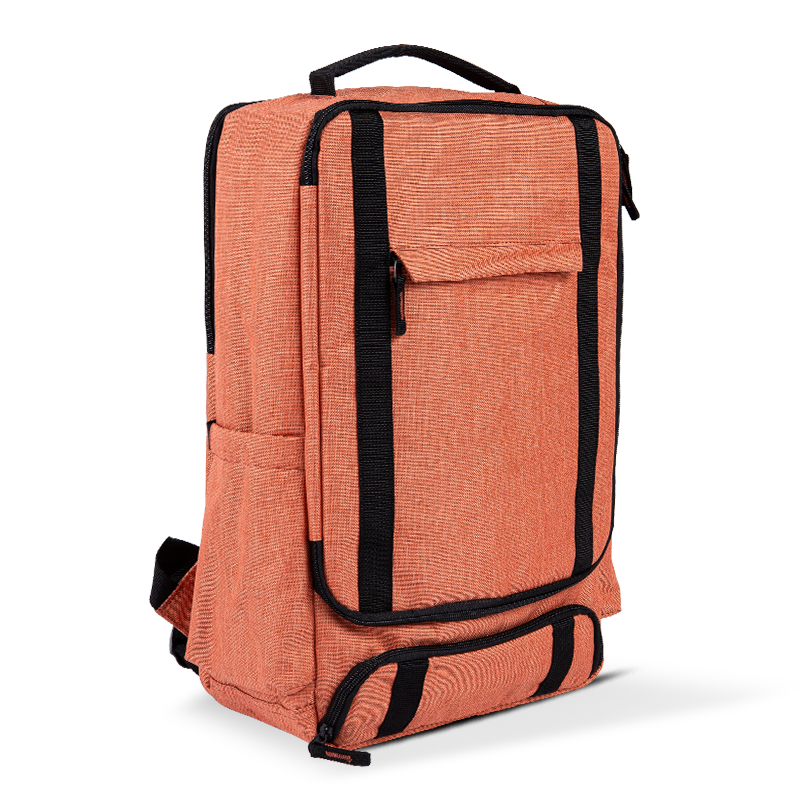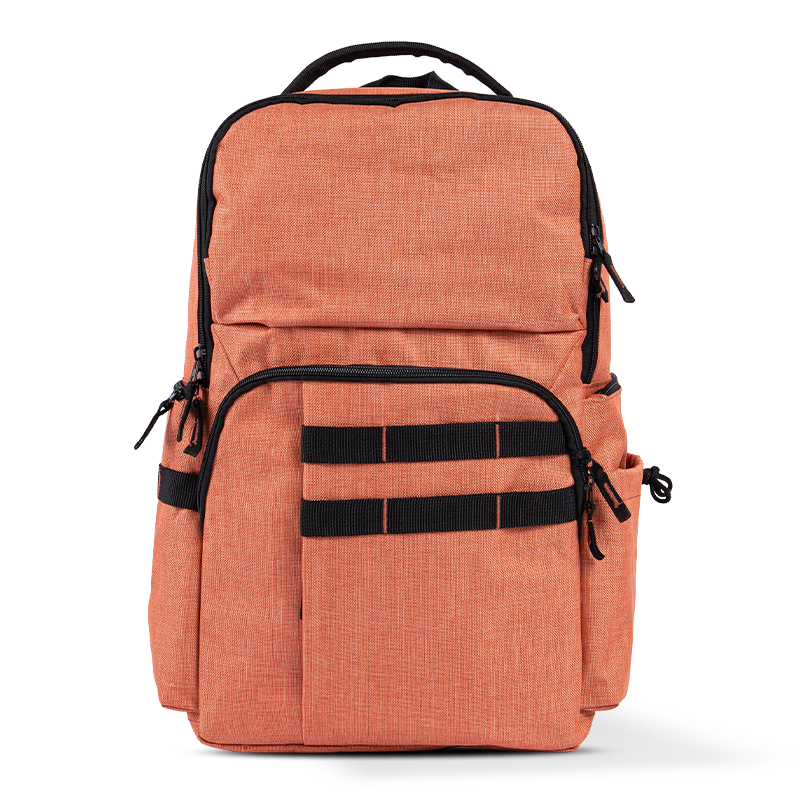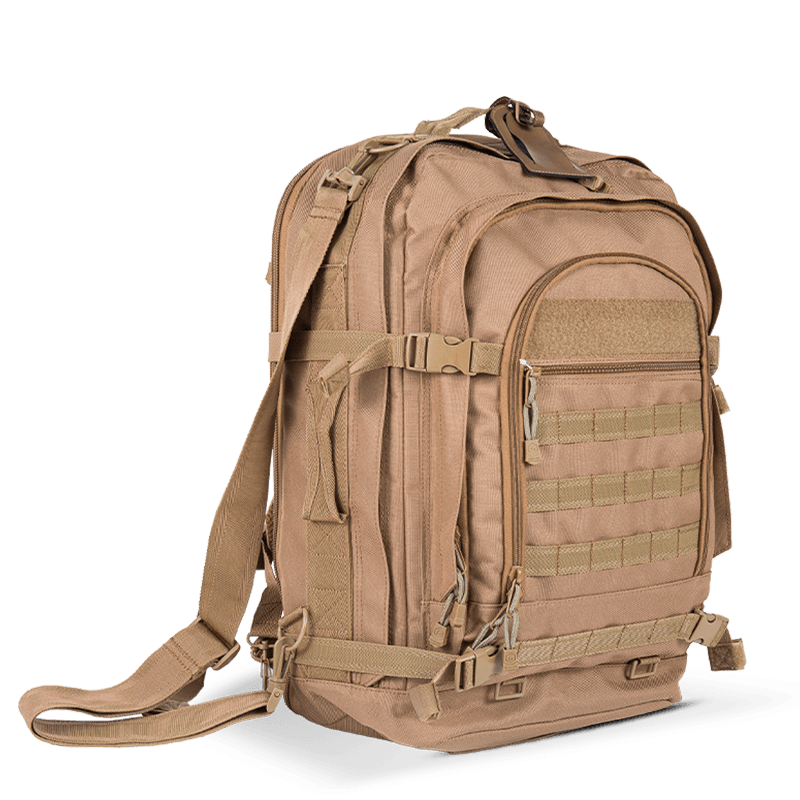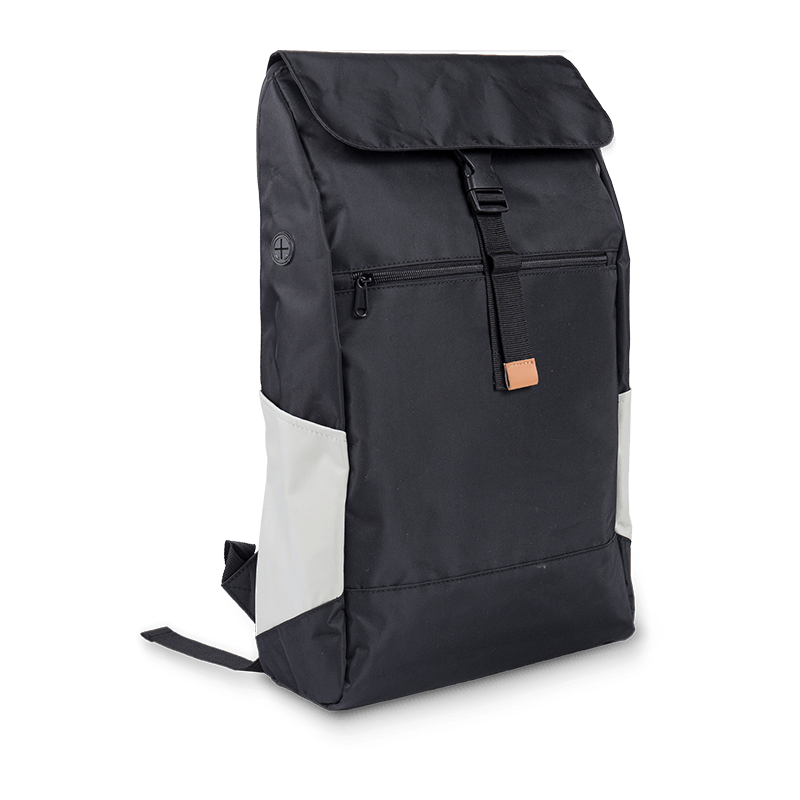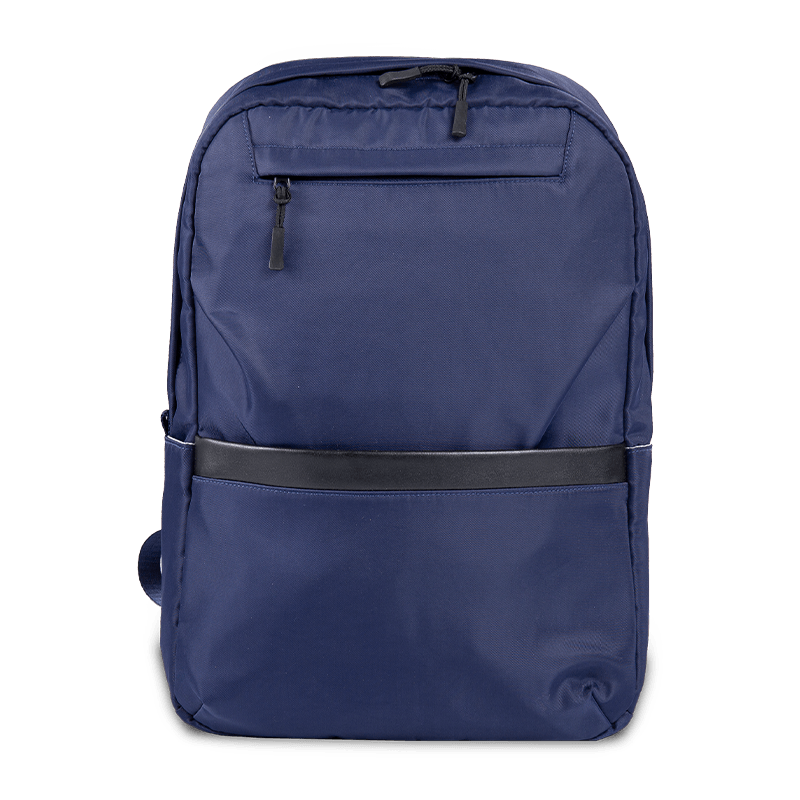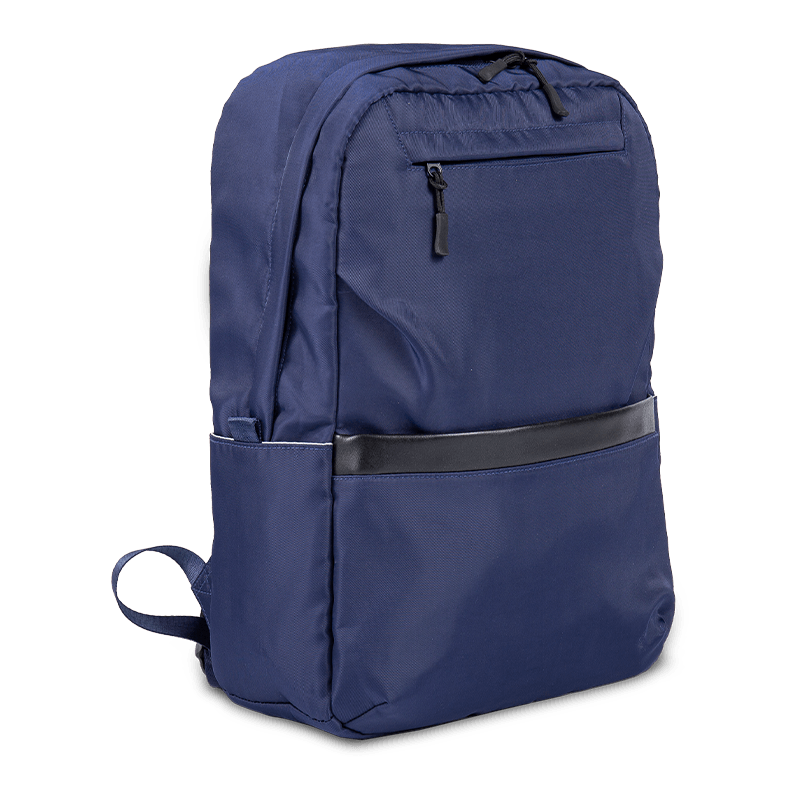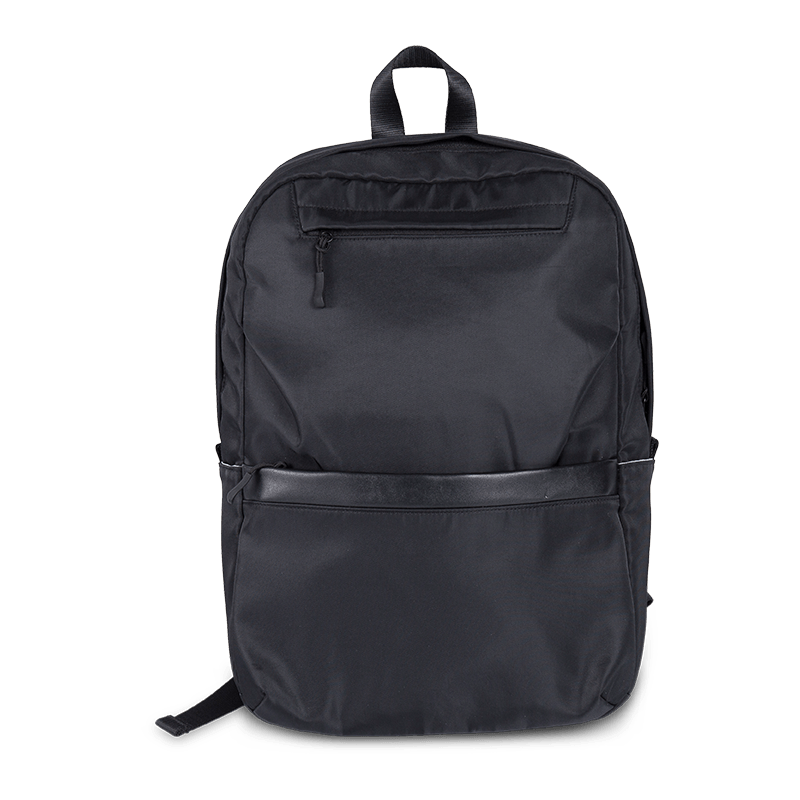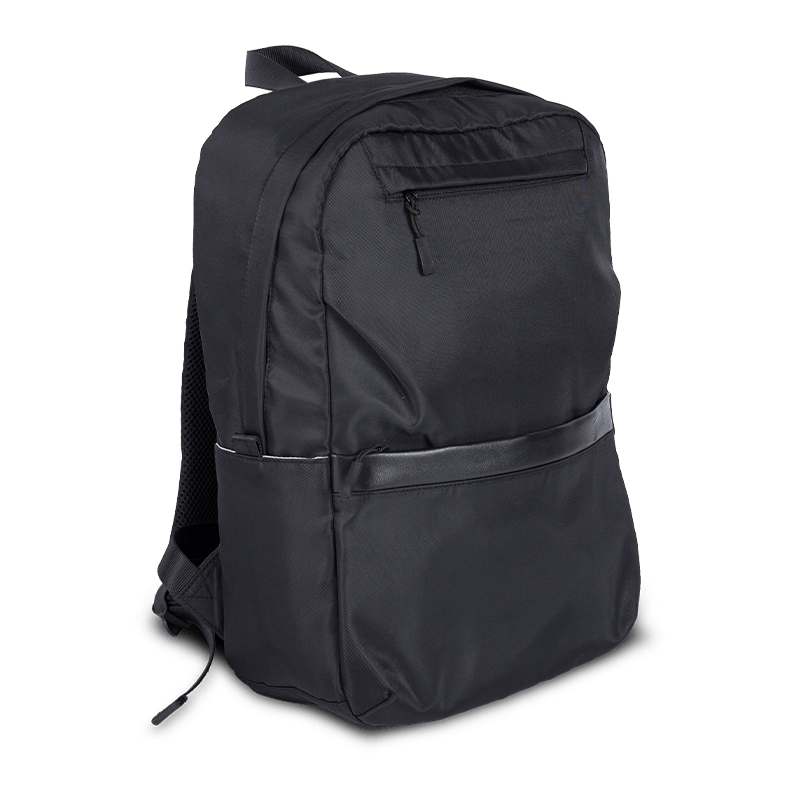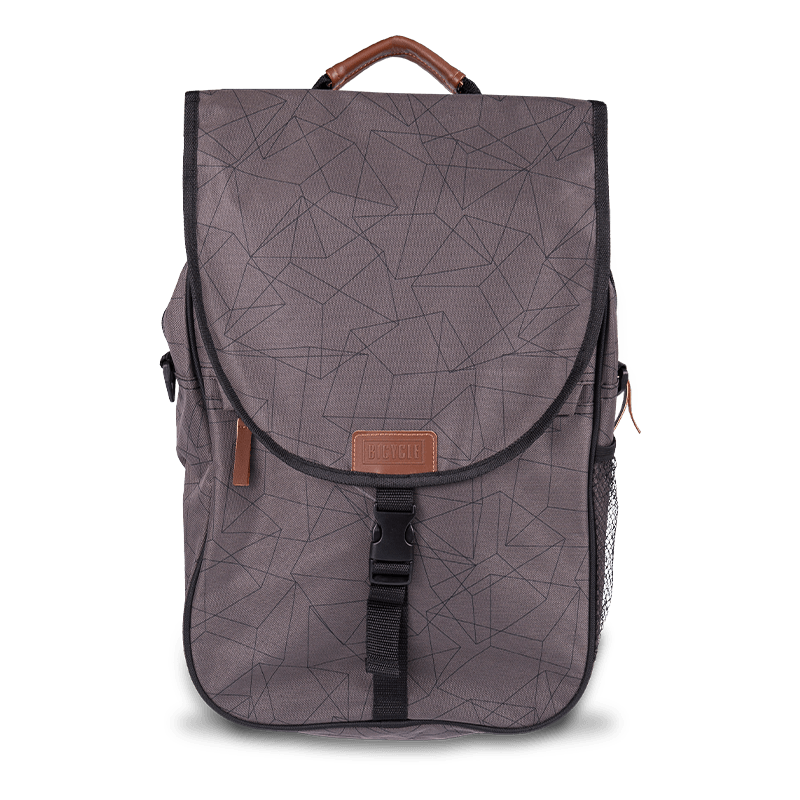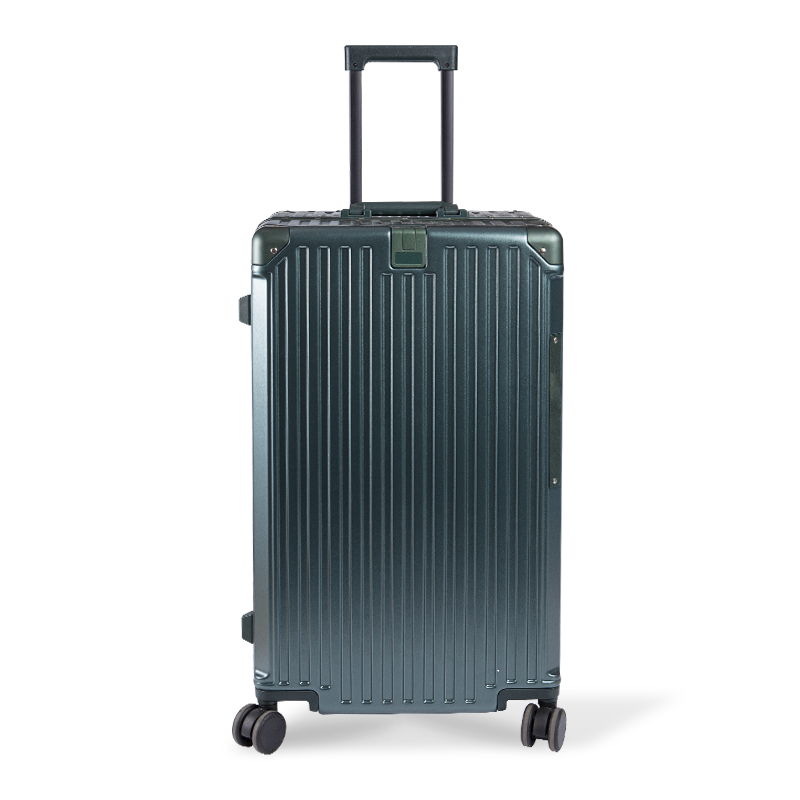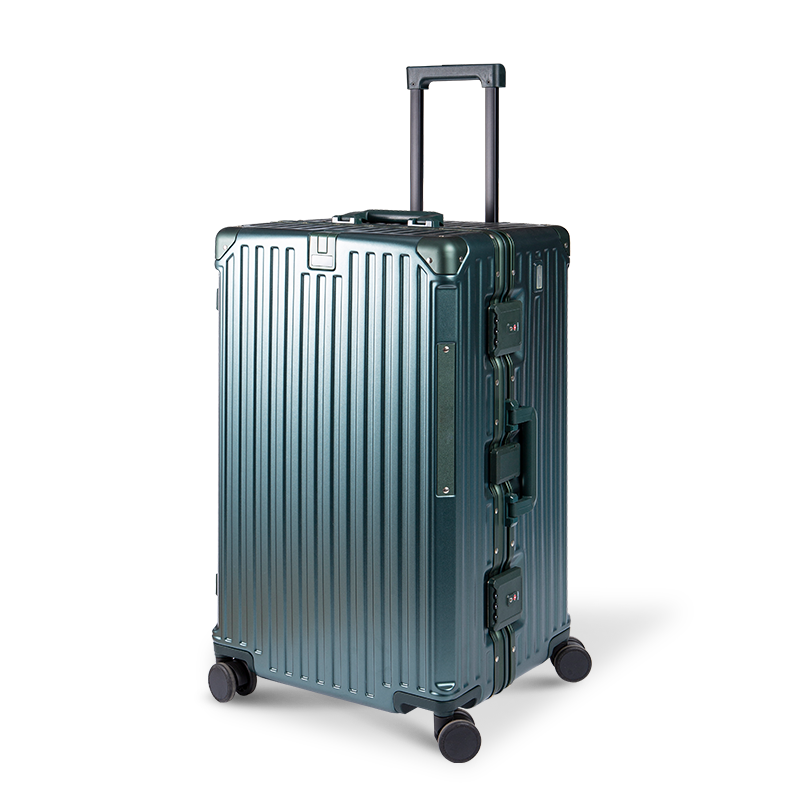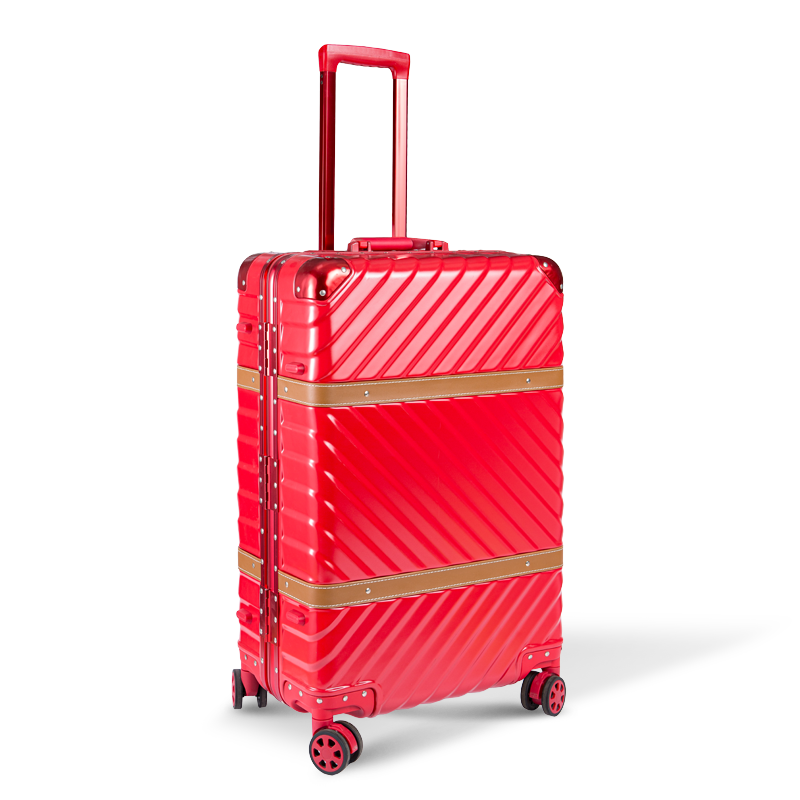When it comes to choosing luggage for travel, one common question travelers have is whether Soft Sided Luggage stretches or deforms when packed heavily. Unlike hard shell luggage, soft sided options are made with flexible materials, which allow for some give. However, this flexibility comes with both advantages and limitations, particularly when it comes to durability and shape retention under heavy loads.
Understanding Soft Sided Luggage Materials
Soft sided luggage is typically made from fabrics such as nylon, polyester, ballistic nylon, or canvas. These materials are chosen for their combination of lightweight properties, flexibility, and durability. The flexibility of these materials allows for easier storage and slightly expandable compartments.
However, not all fabrics are created equal. For instance, ballistic nylon is highly resistant to tearing and stretching, while some lower-quality polyester fabrics may stretch or sag if subjected to heavy weight over time. The quality of the stitching, zippers, and internal reinforcements also plays a significant role in whether soft sided luggage will maintain its shape.
How Heavy Packing Affects Soft Sided Luggage
Packing soft sided luggage beyond its intended capacity can cause several issues:
- Stretching of Fabric: Overloading a soft sided suitcase can lead to stretching of the fabric, particularly at seams or areas that are not reinforced. This may make the luggage appear loose or saggy when empty.
- Deformation of Shape: Unlike hard shell luggage, soft sided luggage can lose its original shape when heavy items are packed unevenly. Corners may bulge, and the overall silhouette may become less structured.
- Zipper Stress: Overpacking can put pressure on zippers, leading to jamming, misalignment, or even breakage over time. Some soft sided luggage comes with expandable zippers that allow extra packing space, but this still has limits.
- Strap and Handle Wear: Handles, shoulder straps, and wheels may experience additional strain under heavy loads, which can lead to early wear or damage.
Factors That Influence Stretch and Deformation
Several factors determine whether soft sided luggage will stretch or deform under heavy packing:
- Material Quality: High-quality fabrics like ballistic nylon are less likely to stretch than cheap polyester.
- Construction: Reinforced seams, double stitching, and internal frames help maintain the luggage’s shape.
- Packing Techniques: Evenly distributing weight and using packing cubes or dividers can prevent uneven bulging and deformation.
- Travel Frequency: Luggage used frequently for heavy trips may show signs of stretching faster than occasional travel bags.
Preventing Stretch and Deformation
While soft sided luggage is designed to handle normal packing, there are steps travelers can take to minimize stretch and deformation:
- Use Packing Cubes: Packing cubes or organizers help distribute weight evenly and reduce strain on certain areas of the bag.
- Avoid Overloading: Check manufacturer weight limits and avoid exceeding them. Overpacking can compromise both shape and longevity.
- Pack Heavier Items at the Bottom: Place heavier items near the base of the bag to prevent top-heavy sagging.
- Utilize Expansion Carefully: Soft sided luggage often has expandable sections. Use them wisely, but don’t exceed the recommended capacity.
- Store Properly: When not in use, store luggage upright or in a way that maintains its natural shape. Avoid compressing it under other items for long periods.
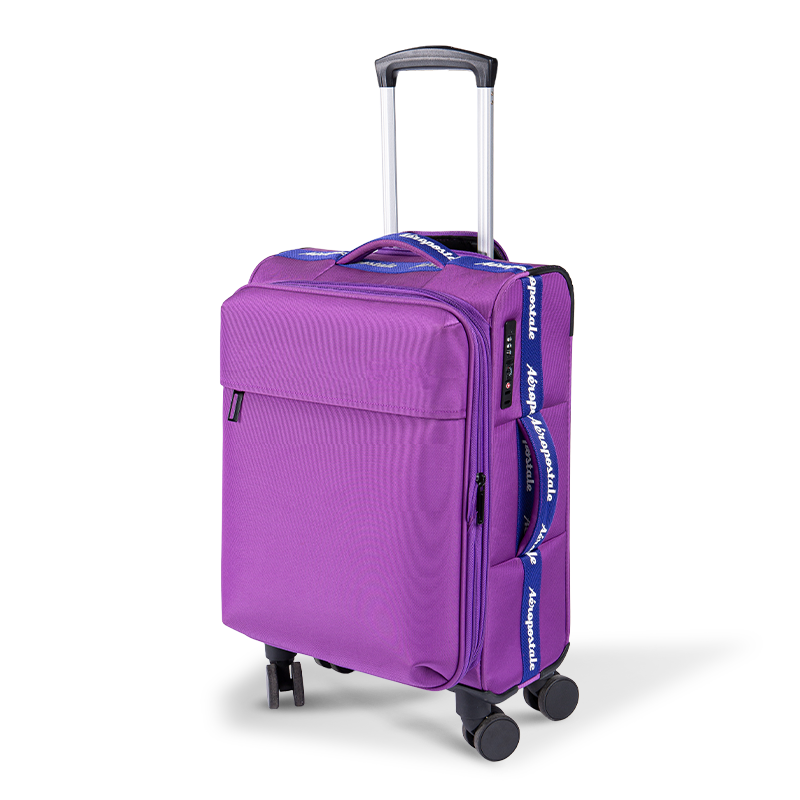
Advantages Despite Potential Stretching
Even with potential deformation under heavy packing, soft sided luggage has distinct advantages:
- Flexibility in Tight Spaces: Its soft construction allows it to fit into car trunks, overhead compartments, and tight storage spaces more easily than rigid luggage.
- Lightweight Design: Soft sided luggage typically weighs less, giving travelers more room for packing without exceeding airline weight limits.
- Expandable Storage: Many soft sided suitcases have expandable compartments, giving additional packing space while maintaining reasonable shape control.
Signs That a Bag is Overstressed
Travelers should be aware of early warning signs that soft sided luggage is being overstressed:
- Bulging seams or fabric
- Misaligned or stuck zippers
- Handles or wheels feeling loose or wobbly
- Permanent sagging even when the bag is empty
Addressing these issues early, such as repairing zippers or reinforcing seams, can extend the life of your luggage and prevent further deformation.
Conclusion
In summary, Soft Sided Luggage can stretch or deform if subjected to heavy packing, especially if the fabric, stitching, or structural reinforcements are of lower quality. However, with proper packing techniques, moderate loads, and careful handling, soft sided luggage remains a durable, versatile, and travel-friendly option. Its flexibility, lightweight nature, and expandable compartments make it an excellent choice for most travelers, provided it is not routinely overpacked.
Understanding the limitations and maintenance of soft sided luggage allows travelers to maximize both the longevity and performance of their bags. By paying attention to material quality, construction, and packing habits, you can enjoy the convenience of soft sided luggage without compromising its shape or function.

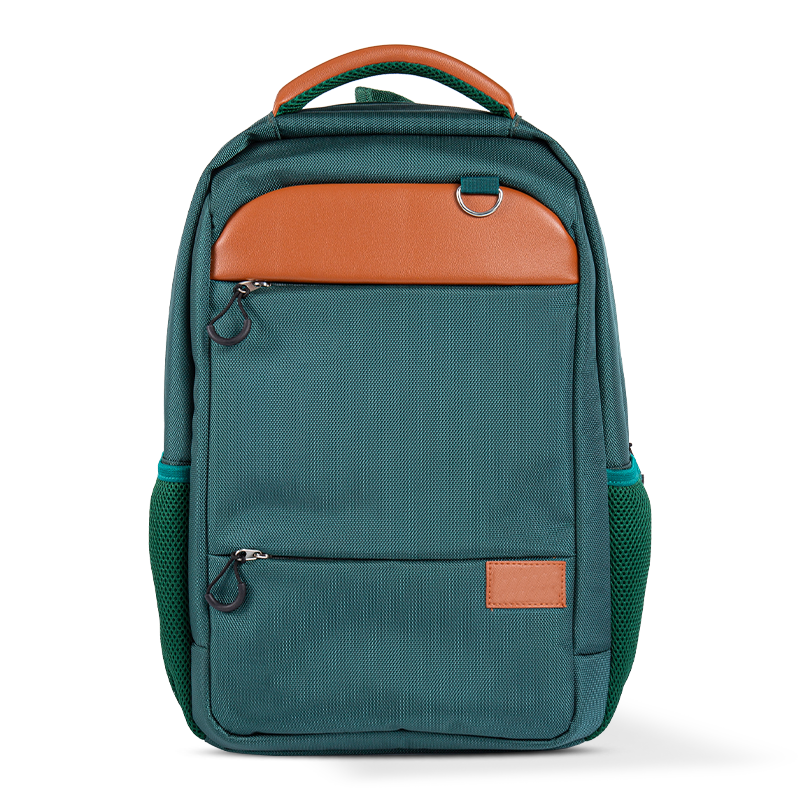
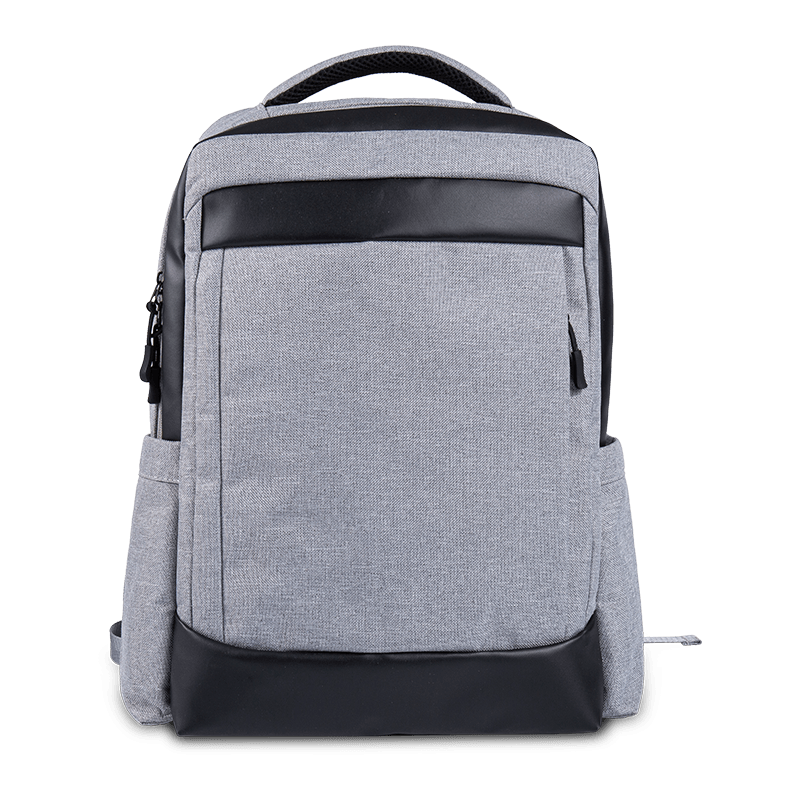
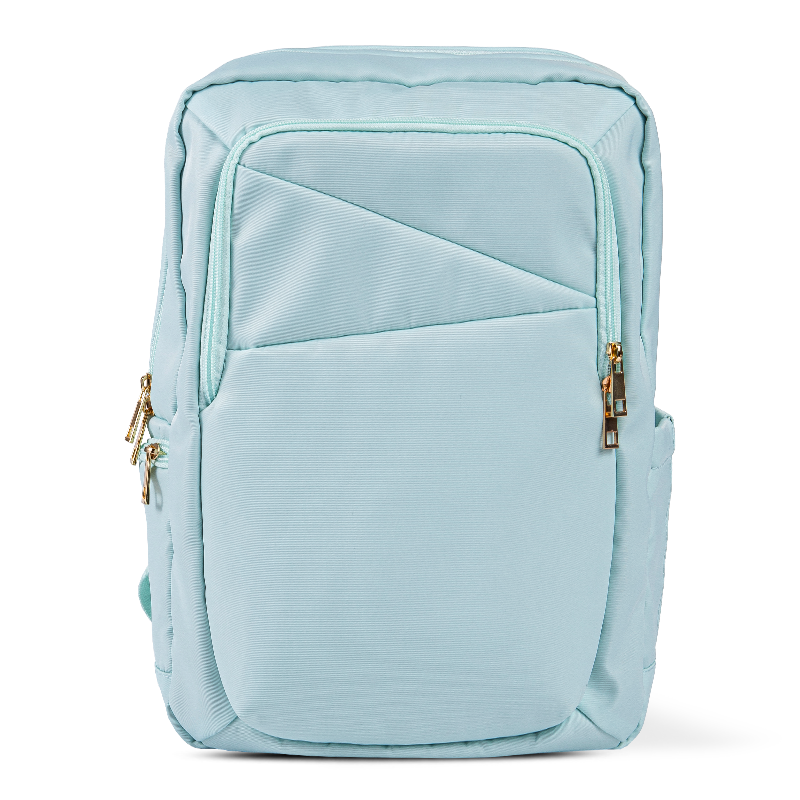
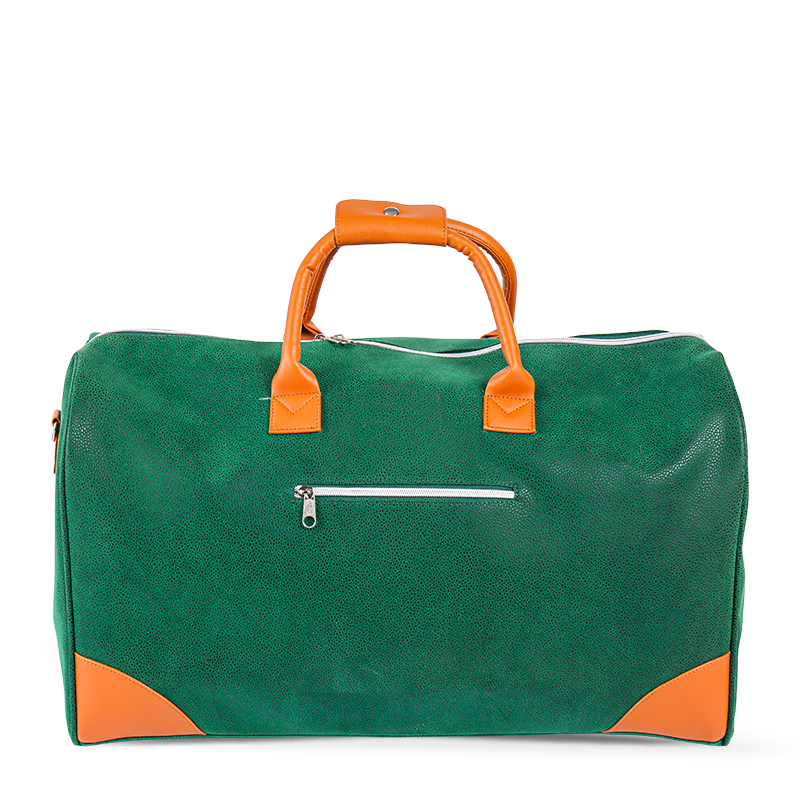


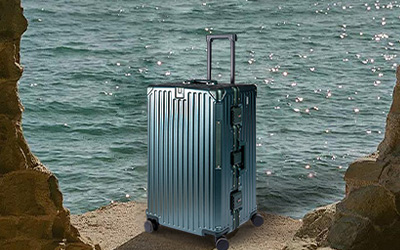
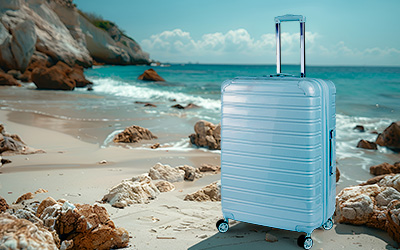

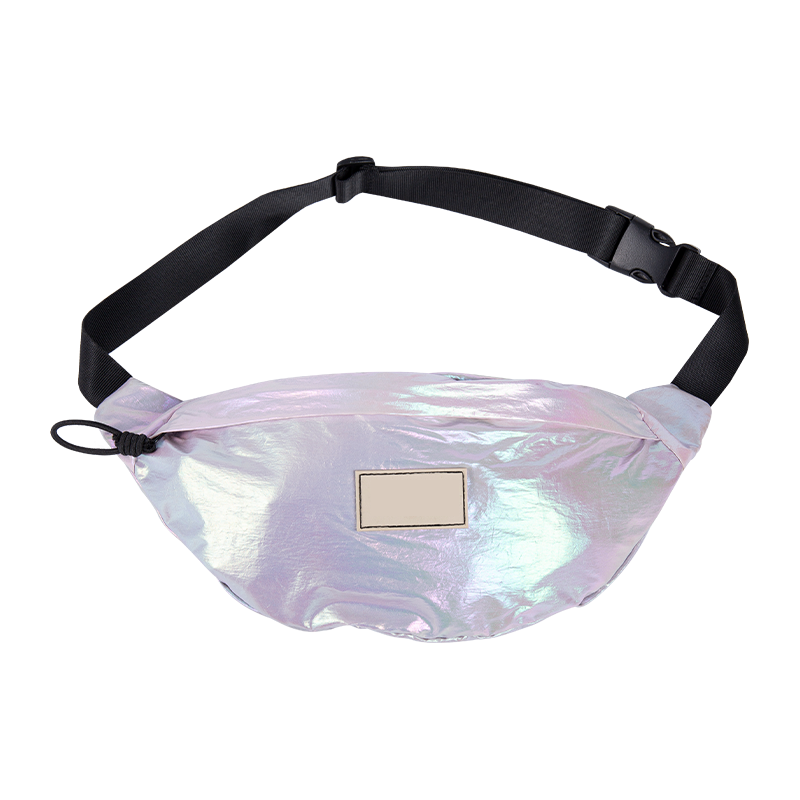
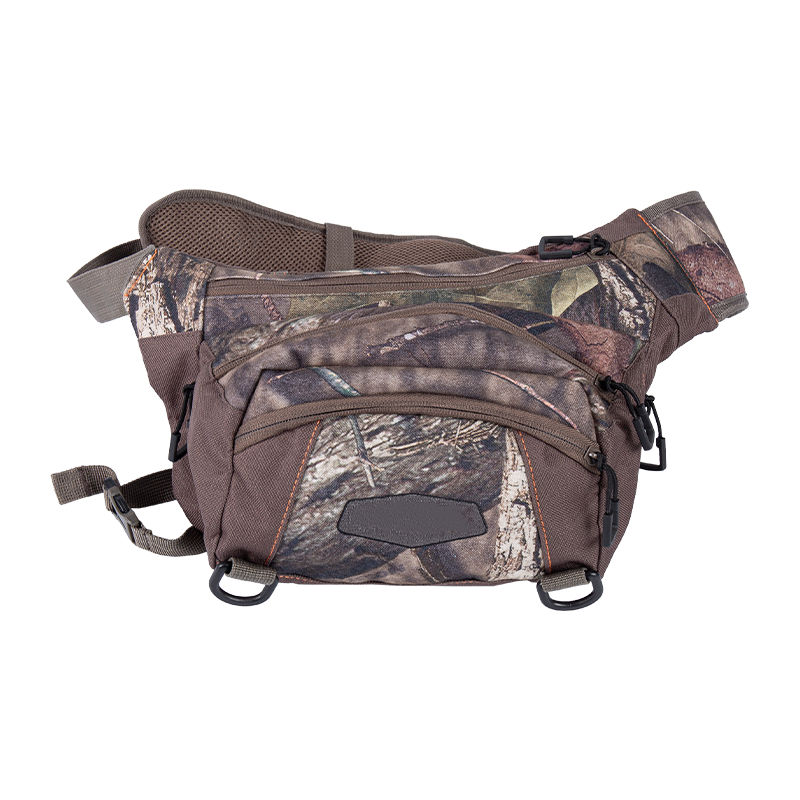



 English
English Español
Español عربى
عربى
